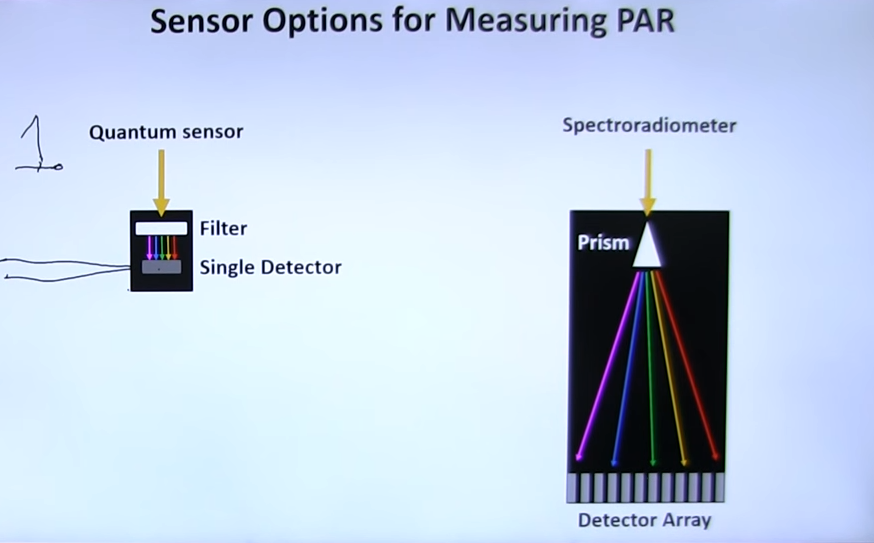Other Parts Discussed in Thread: OPT3001
Dear team,
I have a customer which has a requirement to build PAR meter, I do have a few questions:
1. can you please advise if TI has any reference design/APP NOTE about PAR meter?
2. can you please advise if our OPT3002 can be suitable for such a design and if there is any way to separate wavelengths (colors) by a mechanical (non-optical) filter?
Thanks and regards,
Shai



